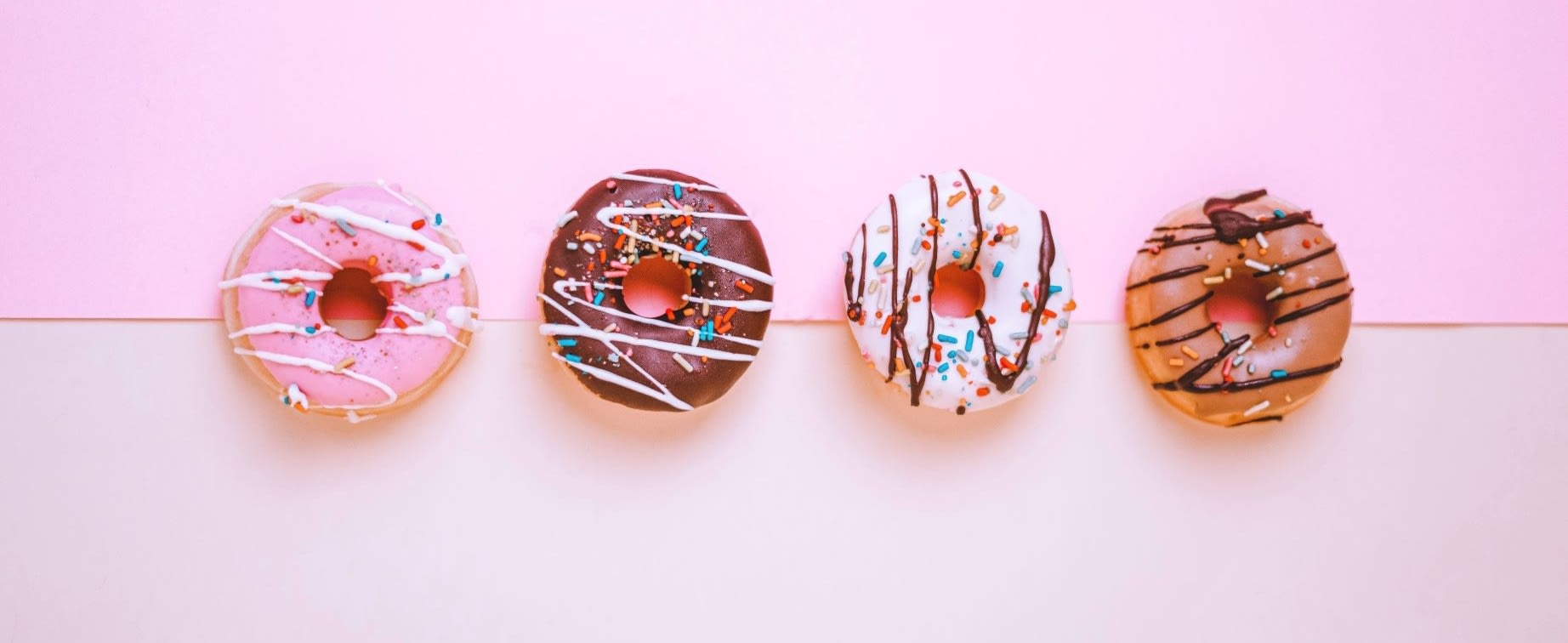Table of Contents
IV. The Importance of Portions
Type 2 diabetes is a chronic condition that doesn’t develop overnight. Type 2 diabetes is often developed over time as blood sugar levels slowly get out of control. A poor diet high in simple carbohydrates and sugar is a common cause, so addressing what you eat is the first step in regaining control over your blood sugar. Those who take Farxiga (dapagliflozin), Glucophage (metformin), or Onglyza may find that eating healthy improves their treatment plan. Read on to learn about the fundamentals of a diabetes-friendly diet. [1]
Carbohydrates and Diabetes
Building a diabetes-friendly diet requires a solid understanding of the relationship between carbohydrates and blood sugar. When you eat, your body turns carbohydrates into simple sugars. Simple sugars are then absorbed into your bloodstream, hence the term “blood sugar levels.” As your blood sugar levels rise, the pancreas releases insulin to move sugar from the bloodstream to your cells for energy. [2]
The goal of a diabetes-friendly diet is to keep blood sugar levels low. Lowering your carbohydrate intake is typically the first step. For people accustomed to eating carbohydrates, completely removing them from your diet can be difficult. Not to worry, because some complex carbohydrates can be beneficial in the right amounts. Complex carbs are those high in fiber and vitamins while low in sugar. Some healthy complex carbs to choose from include: Those with a sweet tooth may need to tame it for a diabetes-friendly diet to work. Consuming simple sugars, such as sweetened beverages, candy, chocolate, and donuts, can spike your blood sugar and cause nerve damage, heart disease, kidney failure, and blindness. The following symptoms may indicate you are experiencing a blood sugar spike: If you have type 2 diabetes, you’ll likely know how to perform a finger stick to check your blood sugar levels if you suspect a sugar spike. Diet-wise, it is best to avoid simple sugars as much as possible. [4] What are superfoods? Superfoods are especially rich in nutrients like vitamins, minerals, and omega-3 fatty acids. Along with choosing complex carbohydrates and avoiding simple sugars, you may benefit from including superfoods in your diet to boost your overall health. Here are some superfoods to consider trying: The fact that complex carbs are healthier and more nutritious than simple carbs does not mean you should consume them excessively. The temptation is understandable, but too much of a good thing can become a bad thing. Therefore, eating the right portions can be just as important as eating the right foods. How much you should eat in a day depends on many factors like your age, weight, and how much you exercise. Talk to your doctor to find out the right portion sizing for you. [6] All in all, there isn’t one food that can magically control your blood sugar levels. You have to get all the factors right, and it takes time. The quickest results should come from avoiding sugary foods. Eating healthy will improve your health gradually, so do your best to stick with it. Like many worthwhile endeavors, starting may be especially difficult, but talking to your dietician and exchanging meal ideas can make the process more enjoyable. Combining the right meal plan with your treatment plan can enhance the effectiveness of drugs like Farxiga (dapagliflozin), Glucophage (metformin), or Onglyza and help keep your blood sugar levels manageable. The content in this article is intended for informational purposes only. This website does not provide medical advice. In all circumstances, you should always seek the advice of your physician and/or other qualified health professionals(s) for drug, medical condition, or treatment advice. The content provided on this website is not a substitute for professional medical advice, diagnosis, or treatment.
Sugar: Sweet but Deadly

Superfoods to the Rescue
The Importance of Portions

Combining it All
